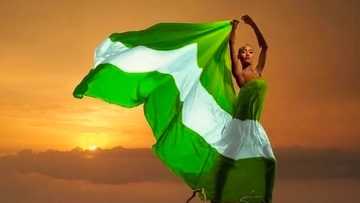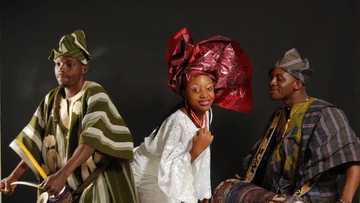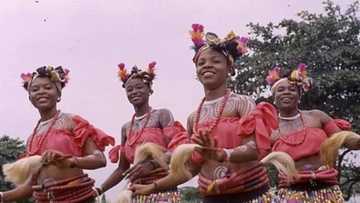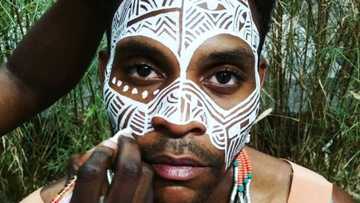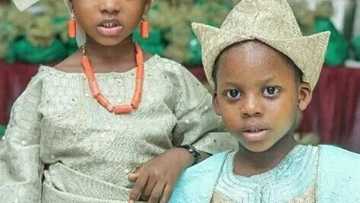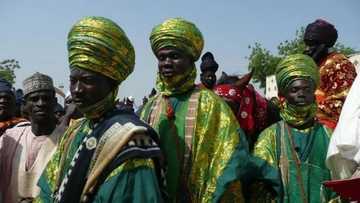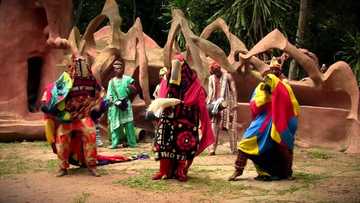Interesting facts about Yoruba culture
Yoruba is an ethnic group which has exciting history and rich culture. If you want to learn everything you never knew about Yoruba people, you have come to the right place. This is the compilation of the most interesting facts about Yoruba culture. Buckle up for the ride into the world of Yoruba culture traditions!
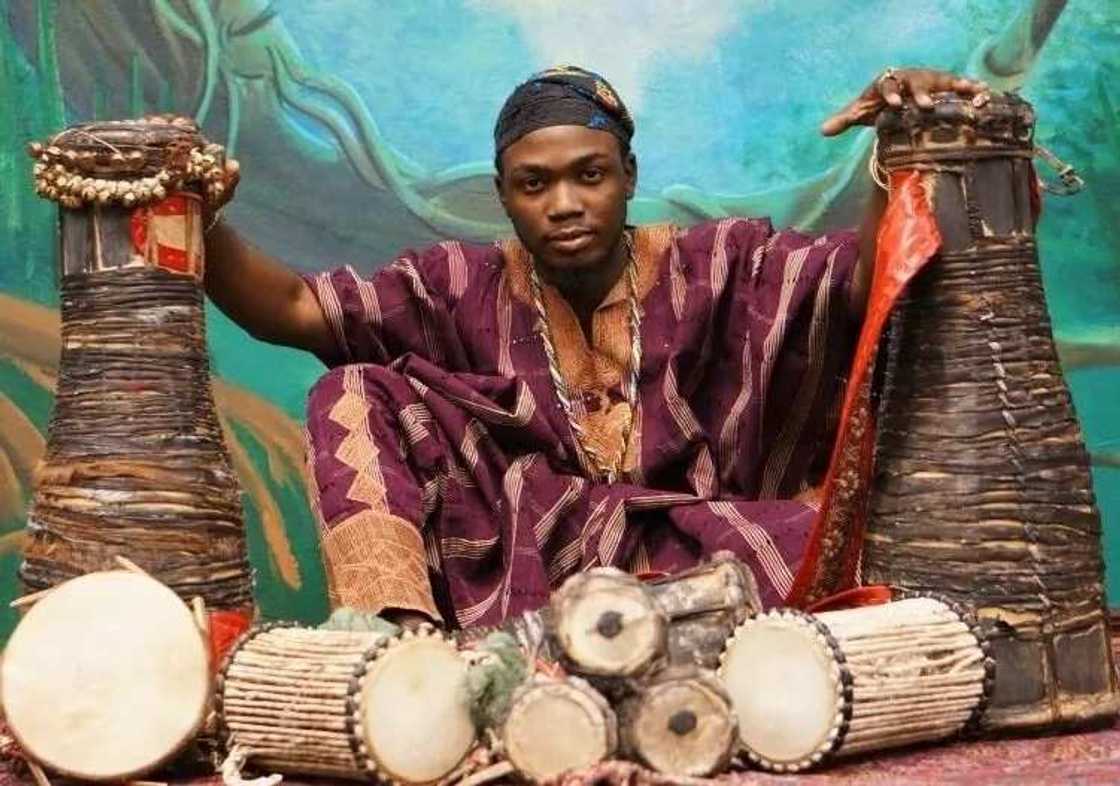
Facts about Yoruba culture
Yoruba ethnicity is one of the biggest ones not only in the West African region but on the continent in general. Usually, the Yoruba people reside in the north-central and south-western parts of Nigeria. They can also be found in certain parts of Togo and Benin Republic.
Every cultural group, including Yoruba, has some cultural features that are passed down the generations. The Yoruba people believe that their cultural values should be preserved and can not be replaced. They are incredibly protective of their culture. Many Yoruba people still give their kids traditional names instead of following a popular trend to give them English ones. In general, they pay close attention to the naming traditions, believing that every person has to live out their name, whether it is good or bad. They also prefer speaking in their language than in English.
Yoruba people are talented sculptors. They are also very creative and well-known for their unique clothing patterns and designs. The textile industry is very developed in the nation. Yoruba people are known for their magnificent weddings.
The first tradition of the Yoruba wedding is that the groom has to get the consent from the bride’s parents for marrying her. After that, he is supposed to pay the bride price. The ceremony is attended by the family and friends of the bride and groom. The bride’s parents send her to her new home, and the groom’s parents welcome her there.
Like many ethnic groups, the Yoruba nation firmly believes that with death the person’s life does not end – they only transition to the different existence form. Yoruba people believe in old age and this causes them to pray for long life at the blessings. They also pray for the wealth and their children.
Yoruba population
It is estimated that Yoruba ethnic group consists of more than 40 million people in general, which includes not only Nigerian but also Beninese Yoruba people. The Yoruba in Nigeria is one of the biggest tribes. It makes 21% of the overall Nigerian population. Entire West Africa knows about the proud and culturally rich Yoruba nation.
In Nigeria and Benin, Yoruba people are surrounded by different ethnic groups. For example, in Benin, there is a Bariba tribe to the north-west. In Nigeria, there are Ebira in the north-east, Nupe in the north, and Edo, Esan and Afemai in the east.
Some of the other groups they share borders with are Mahi, Egun, Fon, Ewe, and Itsekiri. Sometimes, the cultures collide and borrow some elements from each other, like it usually happens in a natural flow of things.
Also, there are two Yoruba diaspora overseas. The first group consists of the people who migrated to America and the United Kingdom in the 1960-80s. Their migration happened as a result of the political and economic change. As for the second group, they were part of Atlantic slave trade. Now, they reside in the Dominican Republic, Trinidad and Tobago, Cuba, Jamaica, Saint Lucia, Grenada and Brazil. They form large communities and stick together.
Yoruba history facts
Historically, Yoruba kingdoms fell under the British Protectorate during Africa’s imperial era. The Yoruba people have a strong belief that they descended from Oduduwa. Polygamous families were common in their culture – in the past, men often married more than one woman. Some Yoruba people still actively practice this way of life. For instance, the current Alaafin of Oyo has four wives and often appears with them in public.
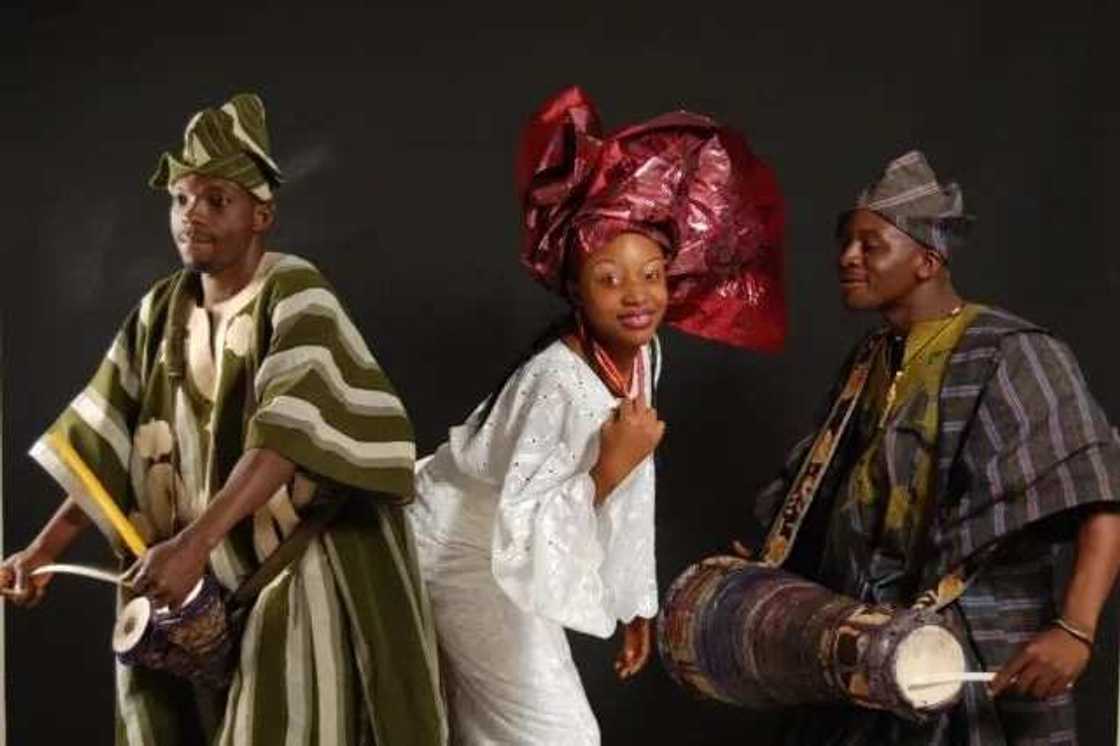
Yoruba language
In 2010, the records revealed that there are 30 million Yoruba speakers in the world. It is quite possible that this number has changed over the years. However, one fact remains certain – the vast majority of Yoruba people speak their native language.
The Yoruba language has a lot of various dialects, which are divided into five groups by area: Central, Northwest, Northeast, Southwest, and Southeast. The Northwest dialect is usually spoken in the Ibadan, Egba, Oyo, Ogun, and Lagos/Eko areas. The Northeast dialect is used by people who reside in Owe, Yagba, Oworo, Ijumu, Abunu and Gbede. The residents of Ijesha, Igbomina, Ekiti, Akure, Ife and Efon use the Central Yoruba dialect, and the people from the communities Remo, Idanre, Ondo City, Ikale, Owo, Ilaje, Ijebu and Akoko use Southeast dialect. Finally, the Yoruba communities from Awori, Ketu, Ife (Togo), Sakete, Ipokia/Anago and Idasha speak in Southwest dialect.
The interesting fact about Yoruba lexicon is that many words in this language are being used in the Afro-Brazilian religion Candomble. Sometimes they are also used in the Caribbean and Afro-American religions. The Yoruba tribe has standard variety of the language, which is called Literary Yoruba or Yoruba koine. It originated from the 1850s.
Yoruba koine is a written form of Yoruba language. It was the first African bishop Samuel A. Crowther who published the Yoruba grammar book for the first time. If you compare the Yoruba language to the other Nigerian languages, you can find the most similarities to it in Itsekiri language (which is used in Niger Delta) and in the Igala language which is spoken mostly in central part of Nigeria.
Yoruba religion
The Yoruba religion is extremely diverse and interesting. The existing records show that about 20% of Yoruba people still practice the traditional form of religion, which they inherited from their ancestors.
The main belief of Yoruba people regards the fact that every person possesses destiny (Ayanmo). They also have a belief that reincarnation happens in the family, and this reincarnation is called Atunwa. Olodumare is a “state of existence”, which covers everything and has no gender. Usually, Olodumare is referred to as “they” or “it”. Olodumare is a supreme being, and it gave humanity the breath of life (called “emi”). It is considered the main agent of creation in Yoruba religion.
Yoruba people believe that the ruler of the sky and earth is the sky god named Olorun. This god is orisha of all the orishas (god of all the gods). He is the father of Obatala (Sky Father, creator of bodies, and father of all orishas) and Orunmila (Grand Priest who oversees the knowledge of purity, human form, and all the illness cures). People can communicate with Olorun through praying to him or pouring some water on the kola nuts which lie on the ground.
There are some more gods. For example, Esu is the messenger of divine beings who delivers all the sacrifices from the shrine directly to Olorun. Ifa, who is the god of divination, speaks about Olorun’s wishes to humanity and gives interpretations of them. There is also Ogun, who is a god of war, hunt, and metal. People who follow the traditional Yoruba beliefs usually have to swear to give the truthful testimony, and for that, they kiss the sacred Ogun machete. Then there is also Sango. He is responsible for thunder, which he is a creator of.
READ ALSO: Yoruba religion Ifa history and interesting facts
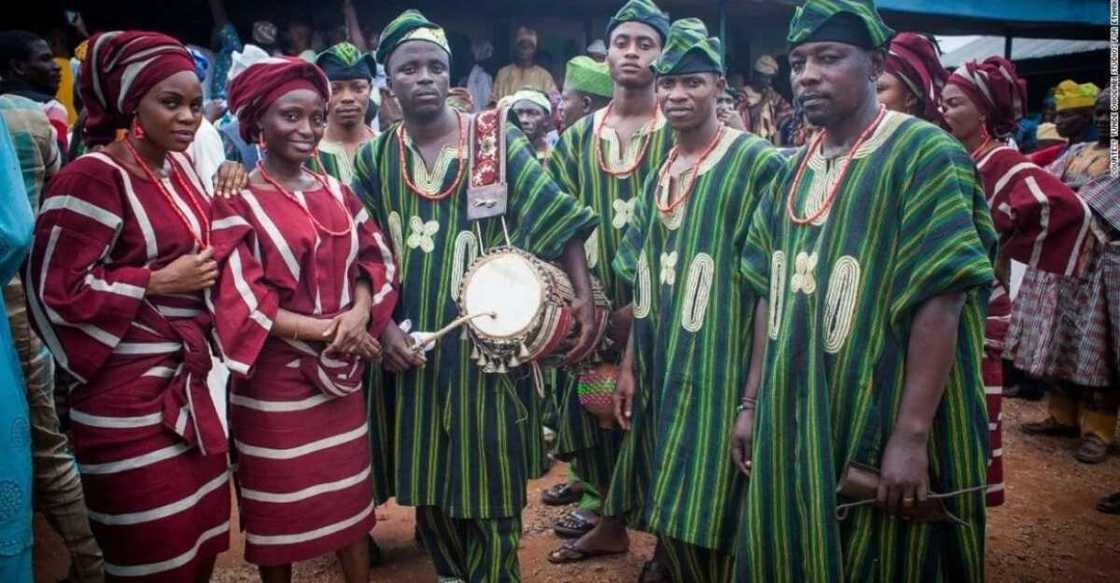
Yoruba food
There are so many delicious Yoruba meals that people love consuming. They also contain a lot of health benefits, so everyone should try them. Yoruba cuisine is rich and absolutely delicious. You will never forget Yoruba meal once you have tried it.
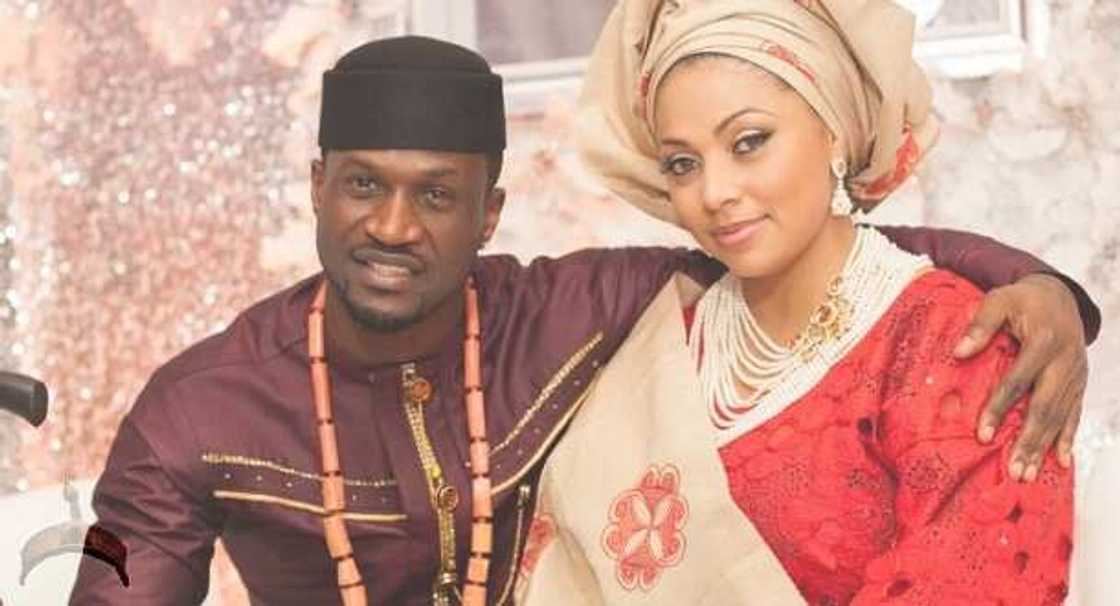
Yoruba dressing
Yoruba people have a lot of distinguishing traditional clothes that will separate them from everyone else and showcase their unique spirit. The clothing material that they make their clothes of usually is processed cotton, which is brought by traditional Yoruba weavers. The Yoruba people strongly believe that if the man wears this type of clothes, it shows his social status and personality. In Yoruba culture, different occasions require wearing different outfits.
Usually, Yoruba traditional clothes are made up of a wide range of different materials. The basic Yoruba clothing material is Aso-Oke (the cloth of various colors and patterns, which are sewn in different styles). Aso-Oke comes in many patterns and color schemes. Usually, it has three main styles: Alaari (rich red), Sanyan (brown or light brown), and Etu (dark blue). Some other popular materials include Ofi (white yarned cloths), Adire (indigo cloth with different designs) and Aran (velvet clothing with silky textures.
READ ALSO: Yoruba introduction dressing for ladies
Yoruba traditional dance
Apart from everything else, Yoruba people are famous for their traditional dances. The most popular type of it is Bata dance. It is known for its cheerful and dynamic style. Another significant thing that differs Bata dance from all the other dances is the accompanying of the drums. The Bata drummers play a huge role in this dance, which is no less important than the actual dancers. There are three sets of drums – Itotele, Okokonlo, and Iya-Ilu. When you hear these drummers, it is hard to remain still.
The Bata dance is performed by both men and women. Quite often, it is accompanied by the traditional Yoruba singers. The Bata dance is strongly associated with the god of thunder Shango.
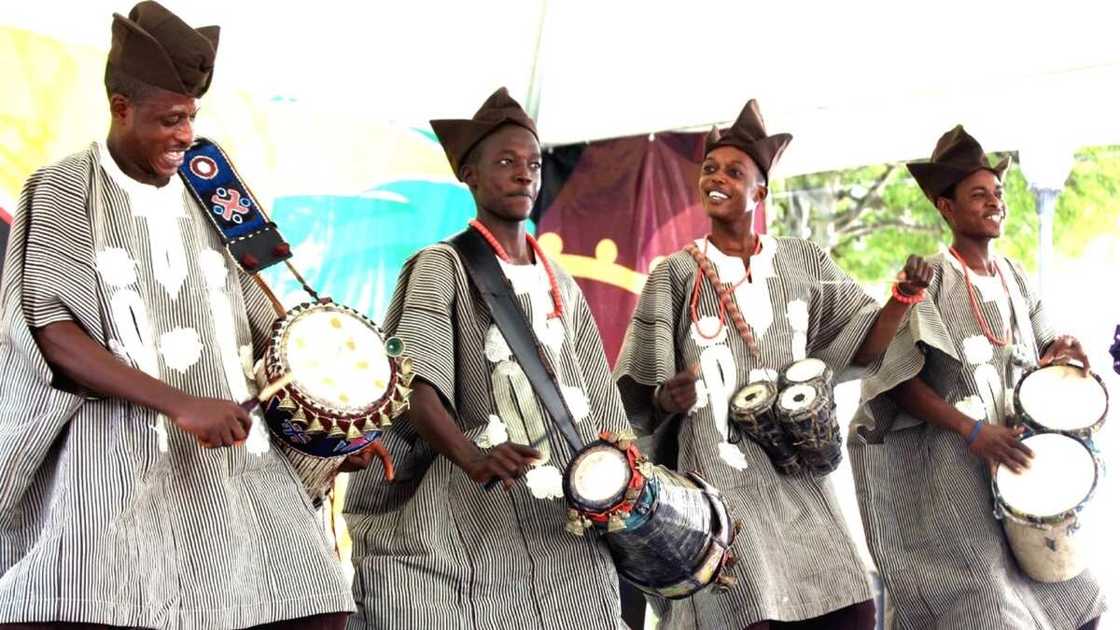
We hope that this culture will last for many more years and stay relevant in Nigerian history.
READ ALSO: How to make Efo Riro with shoko
Source: Legit.ng



